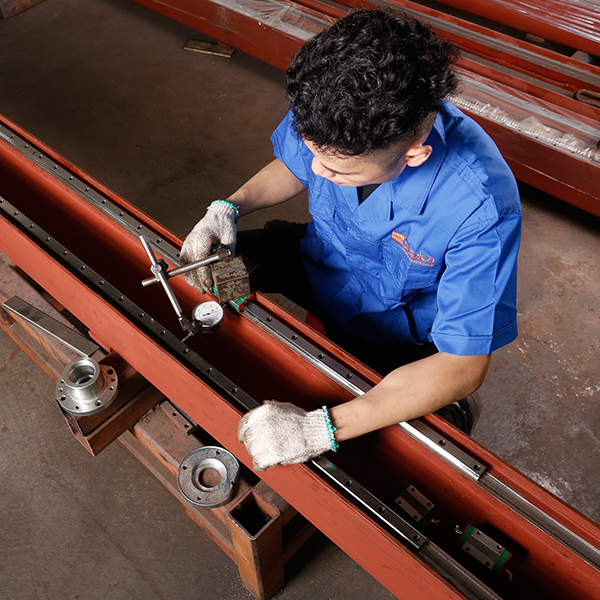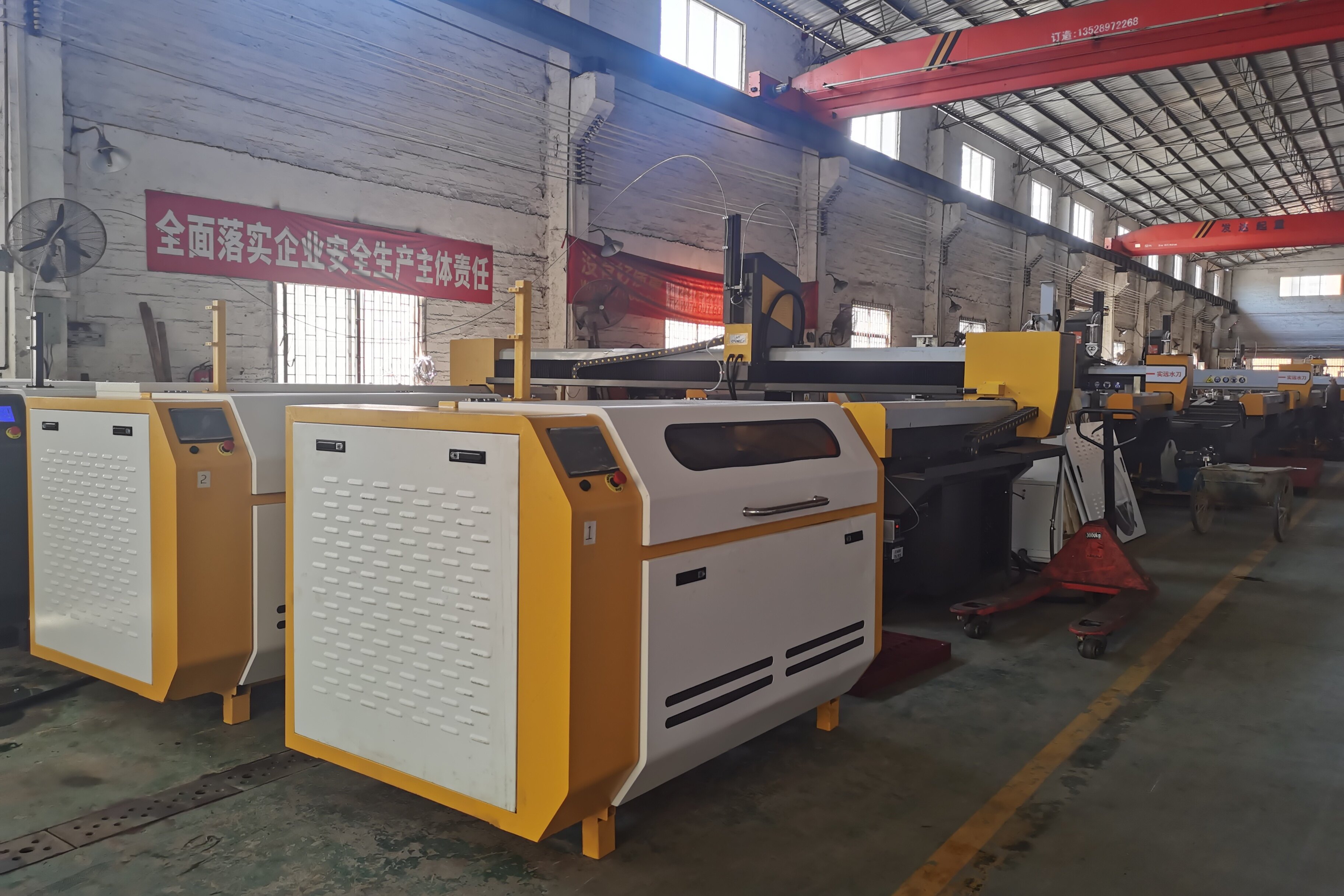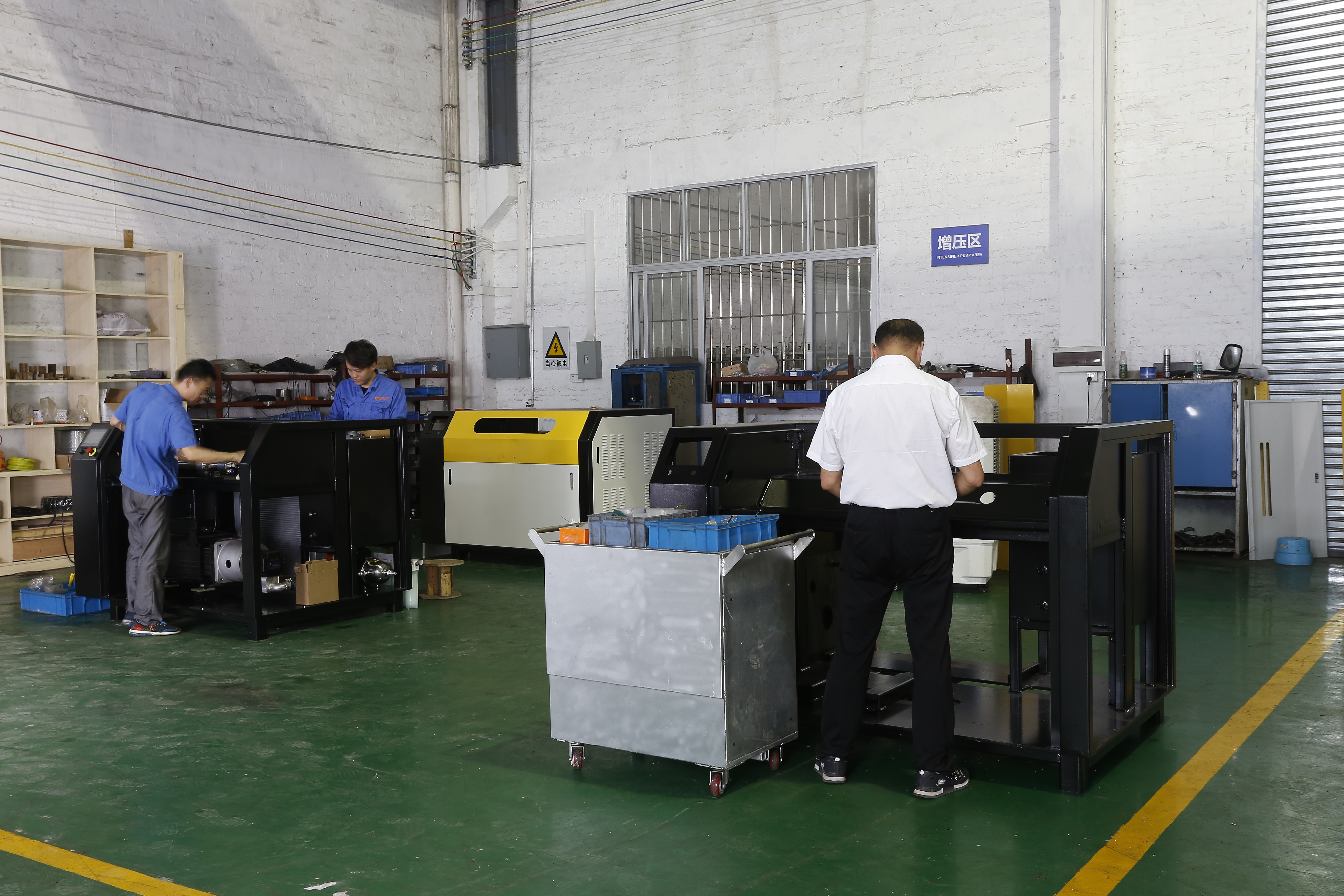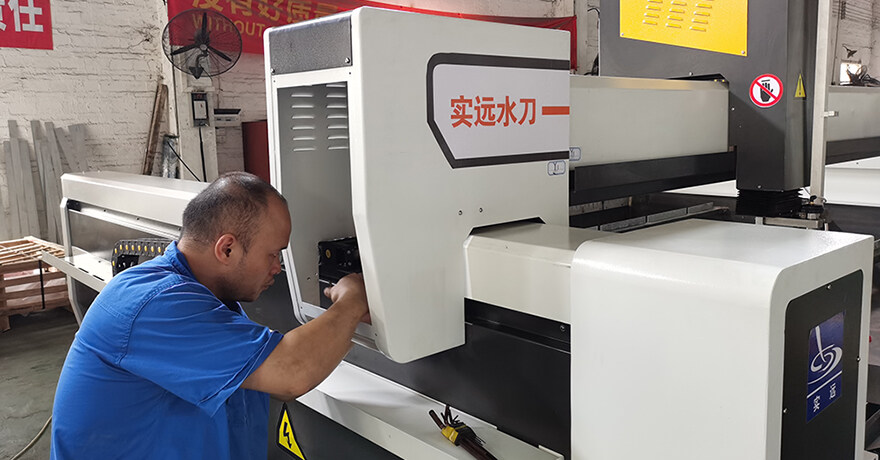
How to properly maintain waterjet cutting machine
Daily maintenance:
Related staff need to clean the equipment every day after processing to keep the machine tool and guide rail clean. And pay special attention to whether the power and air source are turned off. If there is residual air in the pipe belt of the cutting machine, it needs to be emptied. If the machine is not used for a period of time, it is necessary to turn off the power in time, and pay attention to whether the lubrication of its horizontal and longitudinal rails and rack surfaces is good.
Weekly maintenance:
If the horizontal and vertical rail wipers of the waterjet cutting machine are abnormal, they need to be replaced in time. And the cutting torch is loose, the garbage on the firing muzzle and the automatic height adjustment device are all places that need attention.
Monthly maintenance:
Every day and every week, a summary of the work of the waterjet cutting machine must be carried out. A complete inspection of the entire equipment must be carried out, and no spare part must be left.
1. The waterjet cutting machine is familiar with the water flow from the nozzle. Turn on the water flow under low pressure and observe. The water flow should be symmetrical and its width depends on the type of nozzle used. The water flow of ruby and sapphire nozzles will be slightly wider; while the water flow of diamond nozzles will be narrower and more continuous. If the water flow begins to widen, it means that the nozzle is damaged, and it should be replaced immediately. A damaged nozzle (or misplaced pipe) will cause internal damage to the cutting head.
2. It is necessary to regularly check the cutting head for signs of wear or damage (often caused by accidental contact with parts or fixtures). For example: when the mixing tube accidentally touches the fixture, it will be damaged. The nozzle nut and internal parts that keep the mixing tube aligned.
3. Regularly check the system and keep it in the best operating condition, so that the waterjet cutting operation is more effective and the service life of its components can be extended. Consumable parts of the sand conveying system, such as pipes and joints, need to be regularly checked and replaced. Make sure that no parts of the sand conveying system below the bottom of the micro hopper are exposed to the air.
During the inspection, first disconnect the sand delivery line from the joint at the bottom of the micro hopper, then manually turn on the jet and stick your thumb to one end of the sand delivery line, so that you will feel that there is sufficient (but not excessive) vacuum. Although it may dent the tip of the thumb. Insufficient vacuum may indicate that the entrance of the cutting head is blocked, or there are cracks in the sand conveying pipeline. At this time, it must be solved to give full play to the efficiency of the system.




